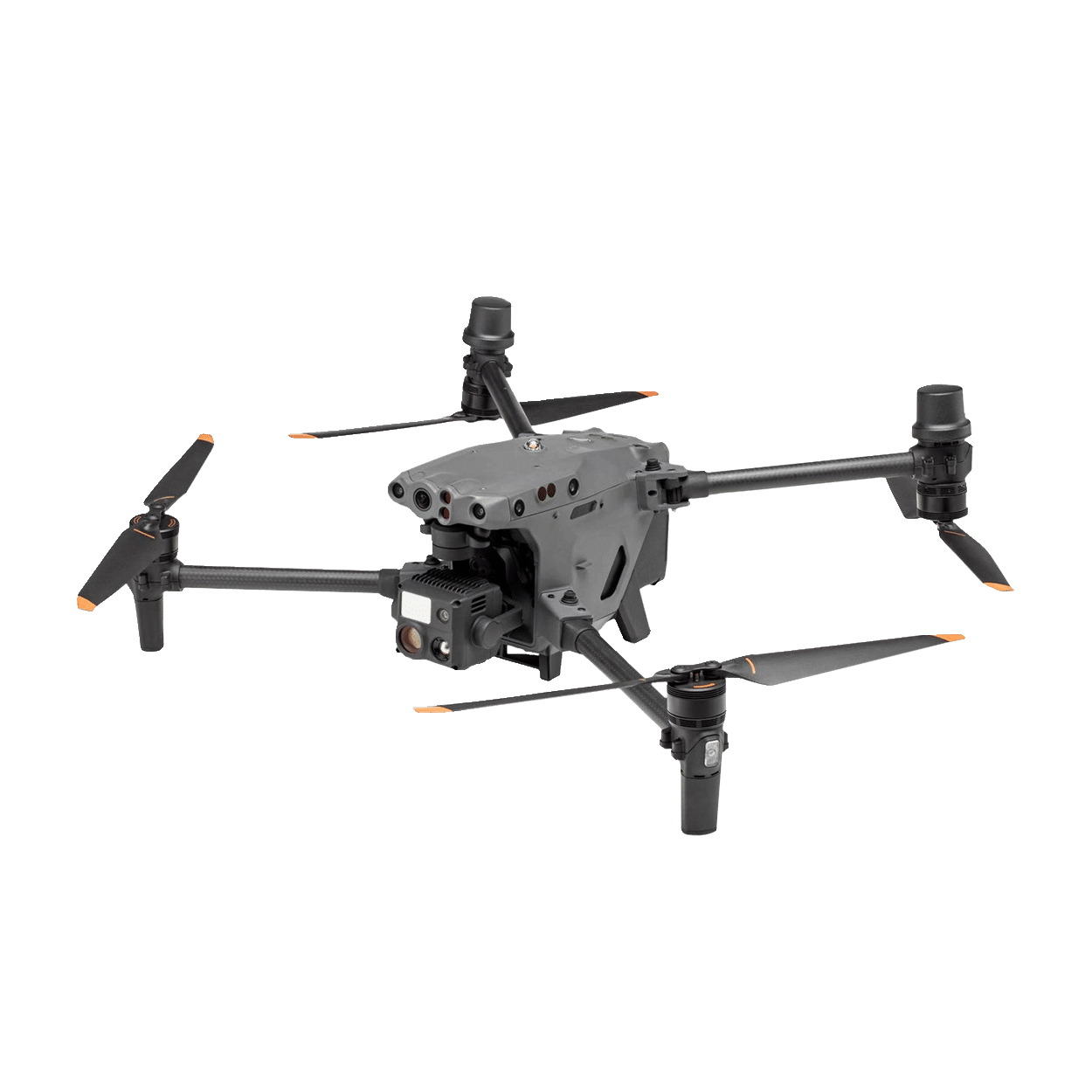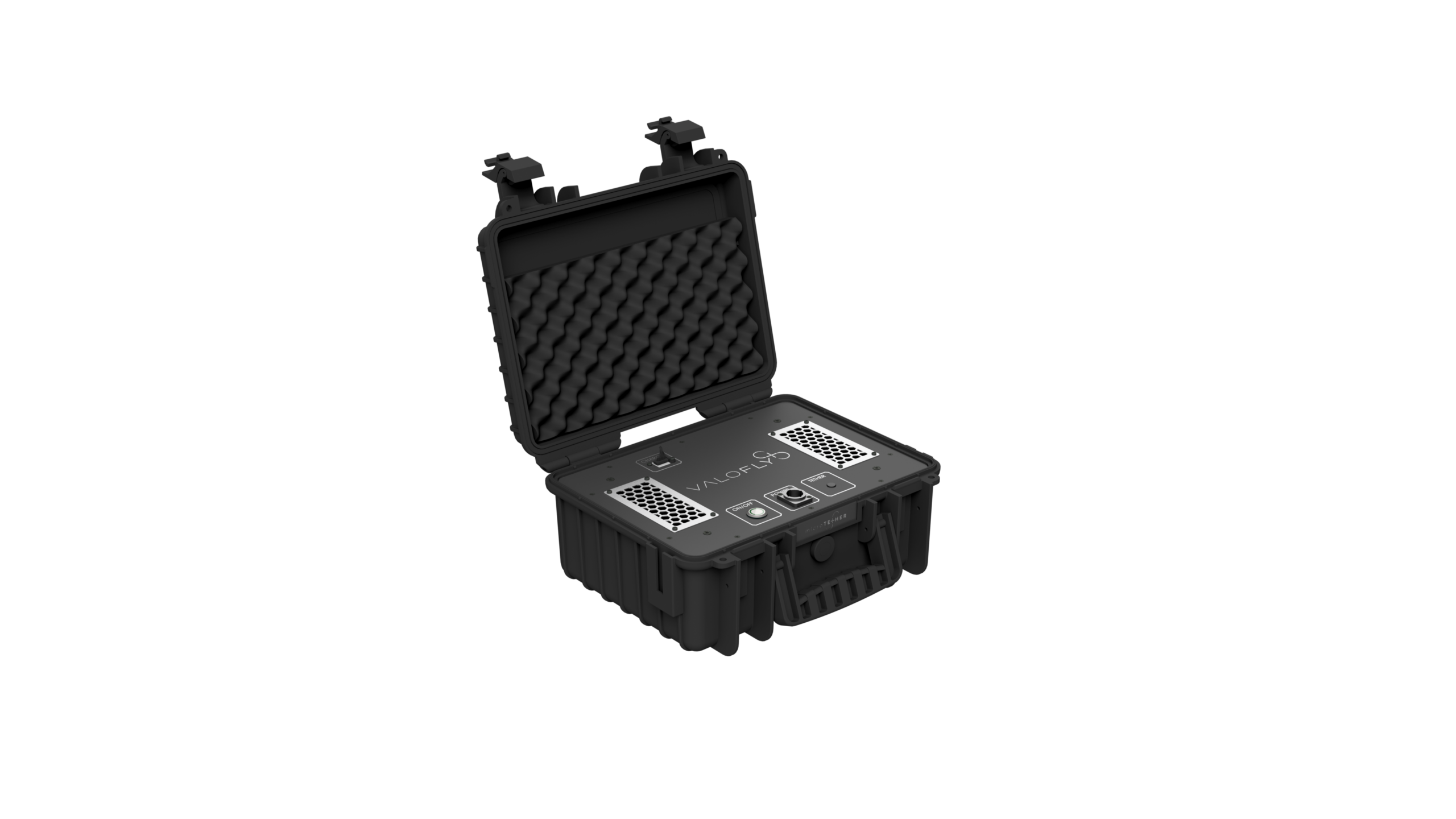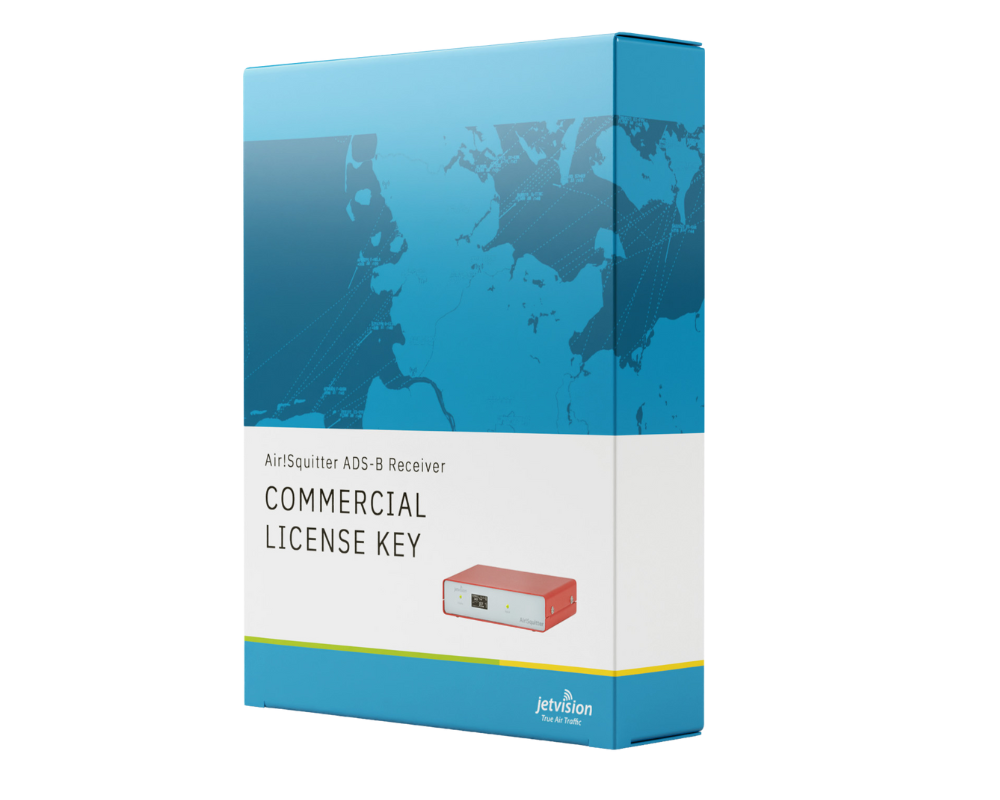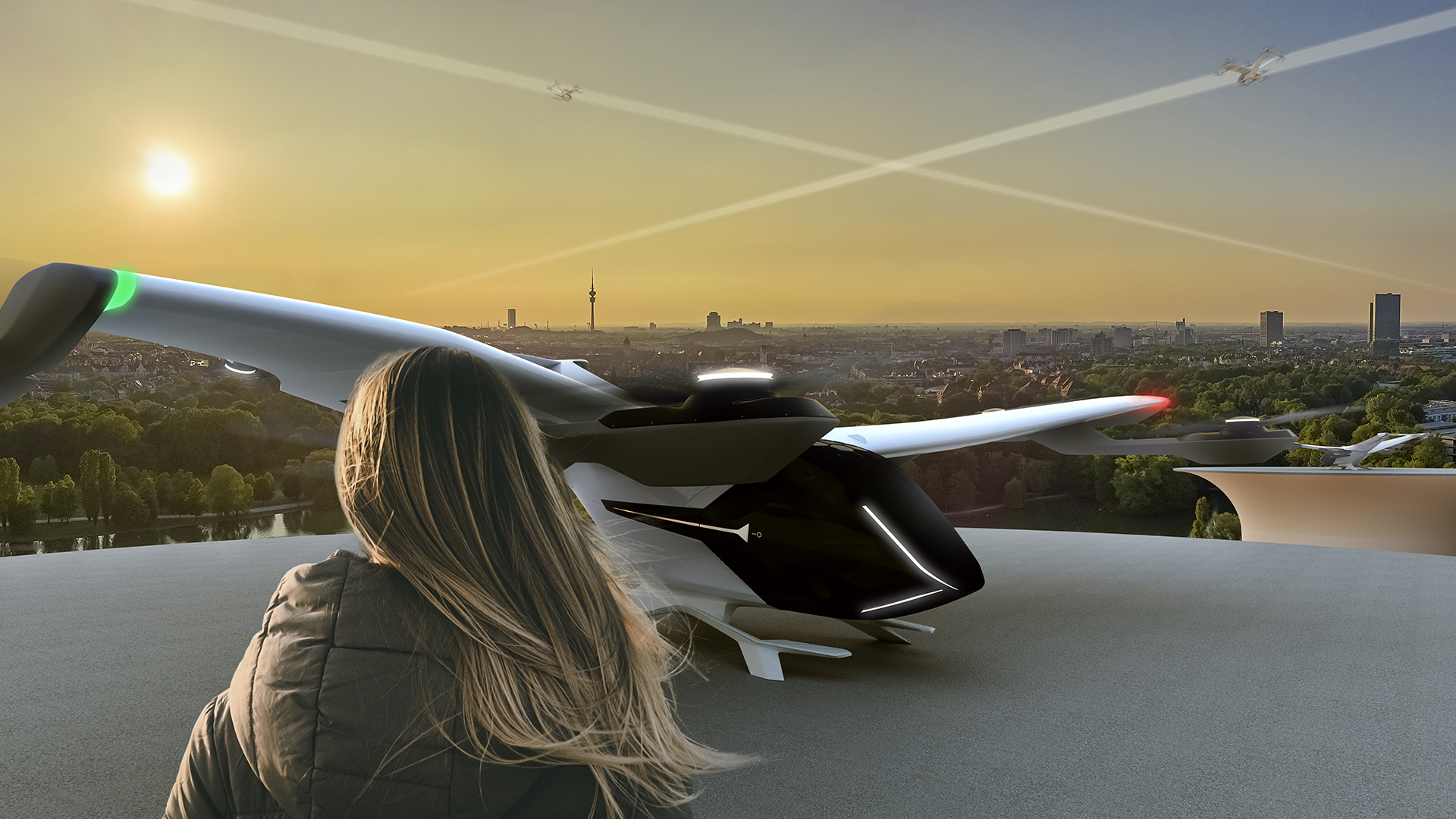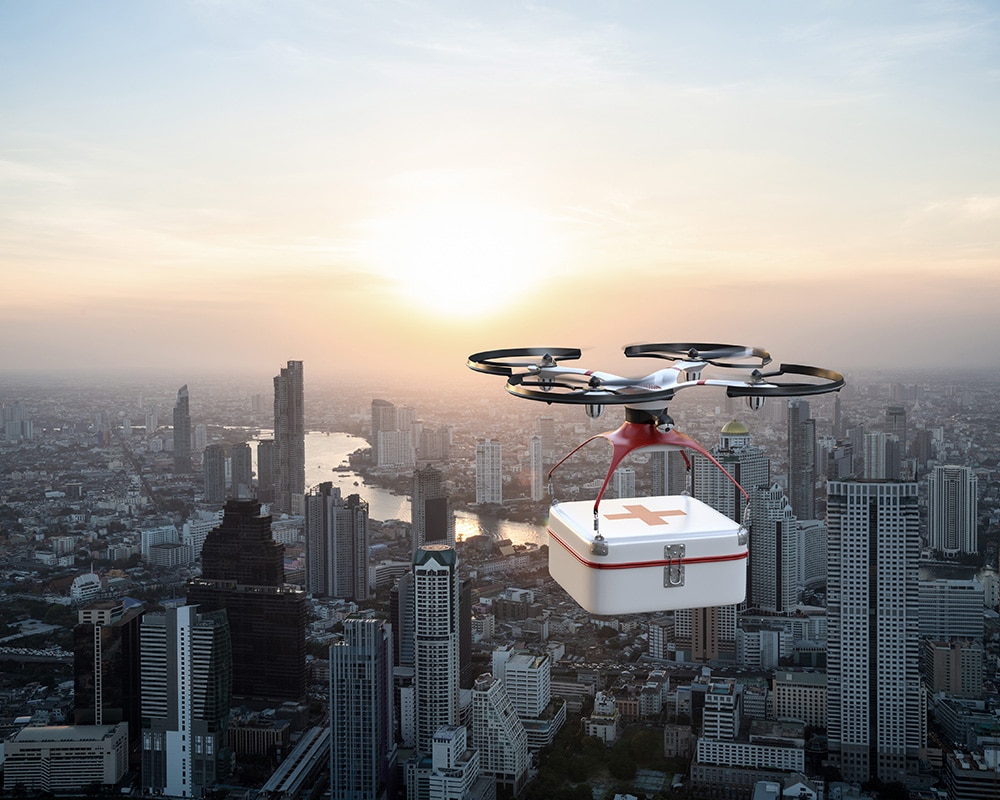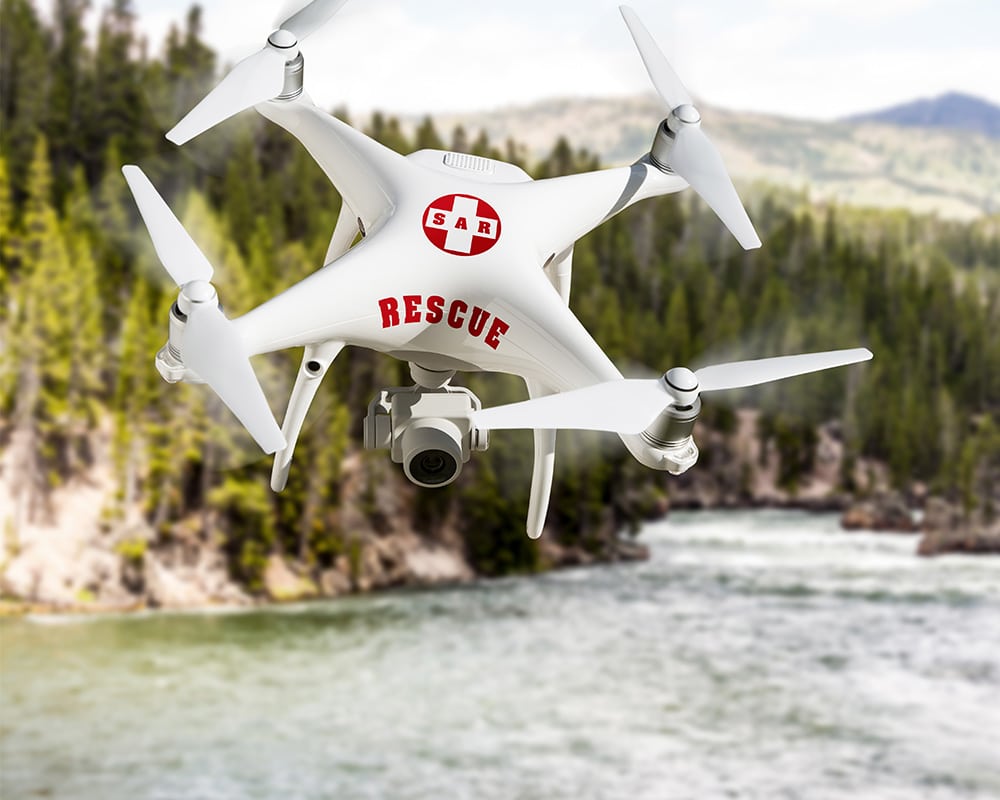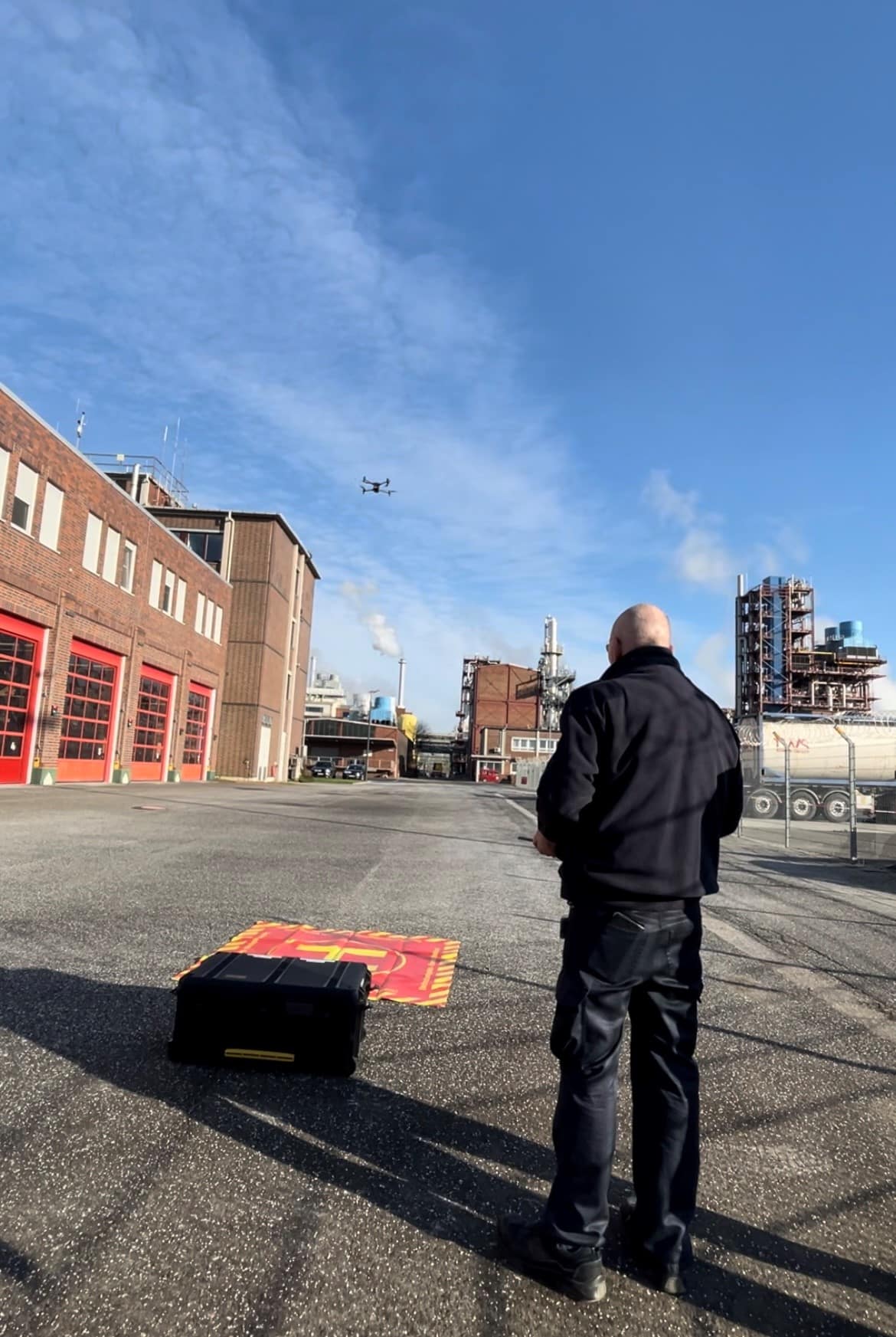Realization
the hardware and software architecture for the provision of U-Space services in the real laboratory
Testing
the safe interaction of manned and unmanned aviation in U-Spaces
Roadmap
for the transformation from a U-Space real lab into an operational U-Space
Project duration
Project start: August 2022 Project end: January 2025
The goal
The core objective of the U-SpaceR3 research project is to demonstrate the safe interaction of manned and unmanned aviation in U-Spaces using the example of a real laboratory in the Rhenish coalfield.
A particular focus is on robust 5G connectivity for highly networked aviation. The real data obtained from the interactions of all heterogeneous air traffic participants in the U-Space laboratory are used to dimension and design future U-Space services and are made available in generalized form.

The implementation
For direct interaction between drones and manned aviation, a traffic concept with operational scenarios for airspace sharing will be created. In the real lab, selected relevant flight scenarios will be conducted with users to explore the robustness of U-Space services and to test 5G connectivity in flight.
In order to facilitate the establishment of future U-Spaces, the findings from EU Regulation 2021/664, which was implemented in the Reallabor as an example, will be elaborated in detail in an evaluation report and recommendations for action will be identified.

Our contribution
Droniq addresses the question of how to achieve safe operation of manned and unmanned aviation via the provision of U-Space services throughout the project lifecycle.
To this end, Droniq provides hardware and software solutions in the form of LTE transponders, a ground station and UTM software licenses.
The UTM software is to provide the prescribed U-Space services in the context of flights in the reallaboratory. The central question for Droniq is how a U-Space reallaboratory can be transformed into a real U-Space. For this purpose, a roadmap is being developed in the project based on the findings of the reallaboratory as to how the transformation from a U-Space reallaboratory to an operational U-Space can take place.

Funding source
As part of the mFUND funding program, the BMDV has been supporting research and development projects related to data-based digital innovations for Mobility 4.0 since 2016. Project funding is supplemented by active professional networking between stakeholders from politics, business, administration and research and the provision of open data on the BMDV's data portals. For more information, visit www.mfund.de.






